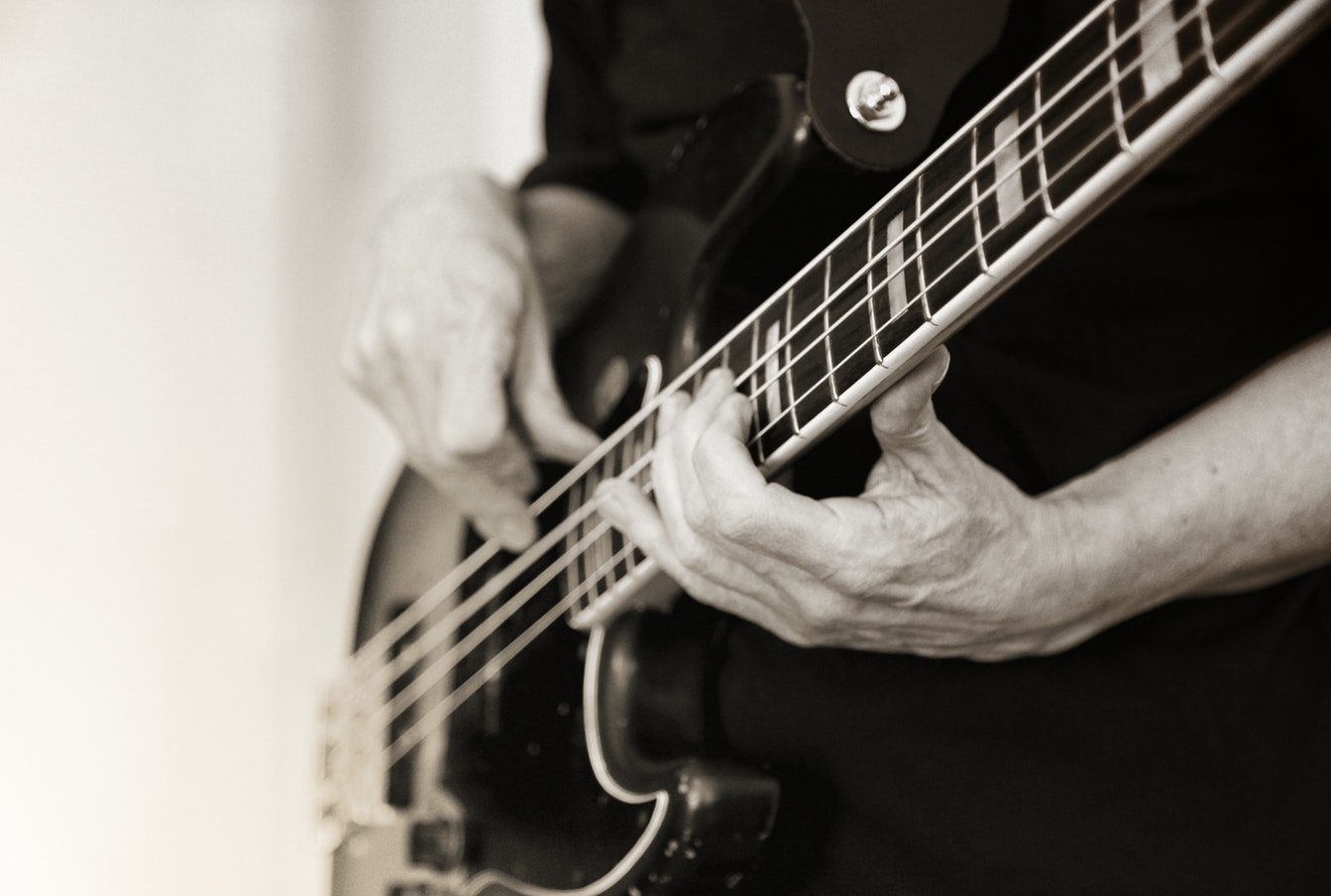Figure A could be a rock/punk feel (think The Killers/Blink-182/Foo Fighters). The first three bars use a repeated rhythm. Bar Four changes the rhythm slightly for variation, moving up the octave and adding a slide into the first note. All these combine to create a nice contrast to just pedalling the same low C used in Bar Three.

Figure B again uses a slide for variation. The first bar sees a syncopated riff played between low G and F. Bar Two then repeats this idea with a slight change on Beat 4. Instead of playing exactly the same rhythm we add another semiquaver (giving us four notes), and instead of sticking to the low G we move up an octave. Furthermore, instead of playing open G, let’s use G in the 5th fret on the D string and slide into the first note. This example could be played in the vein of Rage Against The Machine or At The Drive In.

Taking more of a rootsy, pop/rock vibe, Figure C could be played with a slower, straight rock feel. The pickup on Beat 4 (G) is played in the 10th fret on the A string and slides down to C for Beat 1 of the next bar. This gives you a whole crotchet to slide down—try to create an even movement landing on the C on Beat 1, which is then played and held for the whole bar. Use a similar technique for the next two G notes, making sure to keep them in time with plenty of note held during the slide.

As mentioned earlier, there are many more examples of slides across various genres of music—melodic lines and licks through to more ambient noise/fill-based examples and big sustained long notes, to quick ascending and descending movements. Let me know what you come up with.

